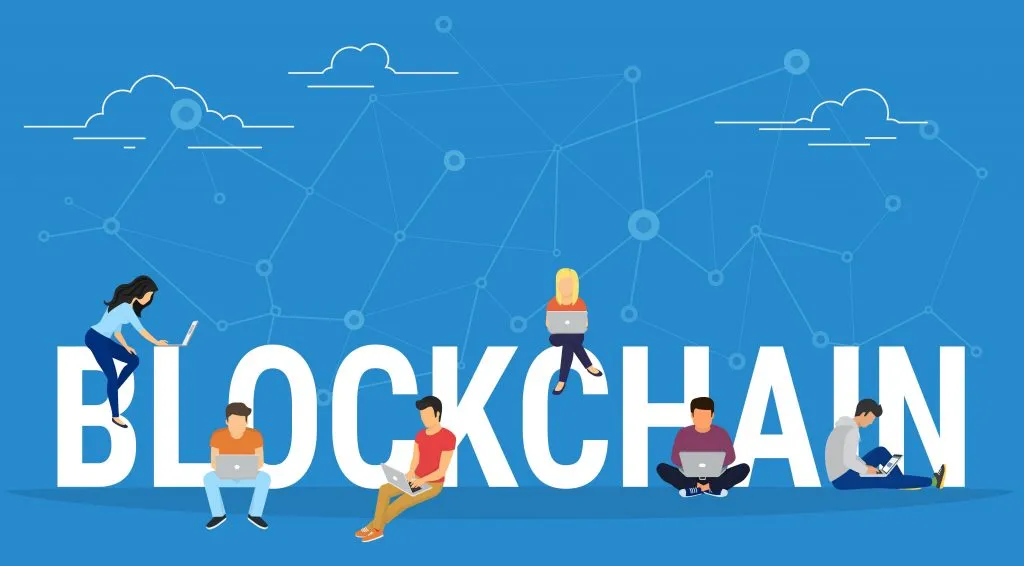
Sohn, a contributor to the Financial Times recently, argued that Facebook should pay the price for the work of knowledge and information, such as 2 billion people around the world pressing, liking, and uploading photos. When we look at our society, we can easily see many forms of business that many people take advantage of their efforts and actions but do not return them. In fact, most of the projects, called platform business, are not. In addition to the sns business such as Facebook and Naver, the fan club of the idol group cheers, writes and shouts a lot of teenagers, but their enthusiasm and efforts are evaluated as' good 'and their reward for their enthusiasm is' . However, if their enthusiasm and efforts are transformed into values and rewarded for their value, people imagine that they can create a society that does what they like or that earns income in intellectual activities. STEEM is a service that demonstrates the feasibility of this.
Steem, the most successful block chain based SNS currently launched, was launched on July 4, 2016. Steem uploads 234,230 posts and 600,460 comments each month, with 334,250 users. Unlike traditional social media platforms, we offer rewards through 'like' and 'upvote' when sharing content. As a result, the author uploads high-quality content for compensation and increases the satisfaction of users who use the content. It also reduces false information that is pervasive on the Internet and comes with more truthful, fact-based information.
Steemit has a curation system where not only the content provider is compensated but also the participant who reads the text and rewards it. On average, the reward between the writer and the voter is 3: 1, and the faster the voter gets the more rewards. In particular, if a person with a high Steam Power rating in the steam network votes, the total amount of compensation will increase. The sum of the compensation of 20 participants who received a lot of compensation in the last week is 4,952,952 steam, which is converted to the exchange rate at that time and becomes about 815 thousand dollars.
In addition to the reward system, another benefit of Steem is that it also works with a variety of SNS applications. Steem is based on one account and is stored in the same block chain, but each unique feature can serve the SNS. For example, Steemit supports the above-mentioned blog format, Zappl has a similar structure to Twitter, has character and photo restrictions, Busy provides an interface like Facebook, and Steepshot resembles an Instagram. In addition to these SNS services, various services can be created that are linked to the records stored in Steem.
Steem, who is able to obtain such a wide variety of applications, has built a trustworthy virtual society with appropriate compensation and democratic elements. It provides a powerful advantage in the social media market by providing economic rewards from cryptography, away from traditional social media services that simply share information and share ideas. In particular, Steem is not a huge social media company such as Facebook, Twitter, etc., that rewards shareholders and leads the market.
I think now is the time for businesses and institutions that have built a huge platform and have taken all the bounties of billions of tiny efforts to share their profits. Of course, we do not mean to share the cost of building it, but it is not that we should share it. We want to create a platform that encourages users to participate and develop together by returning some of them to their providers. . I can hear the story of a technician who knows technology only, but I think that this is another aspect of economic democratization that technology innovation can bring.